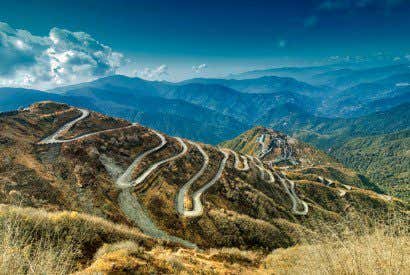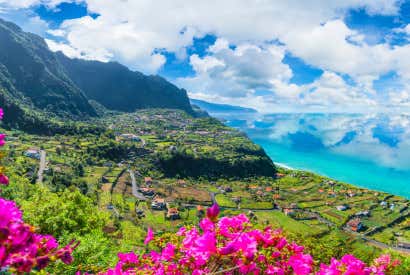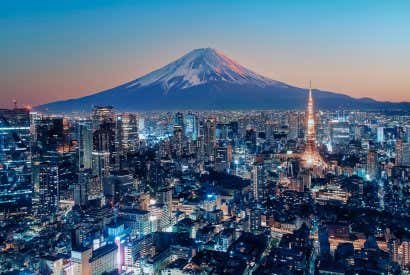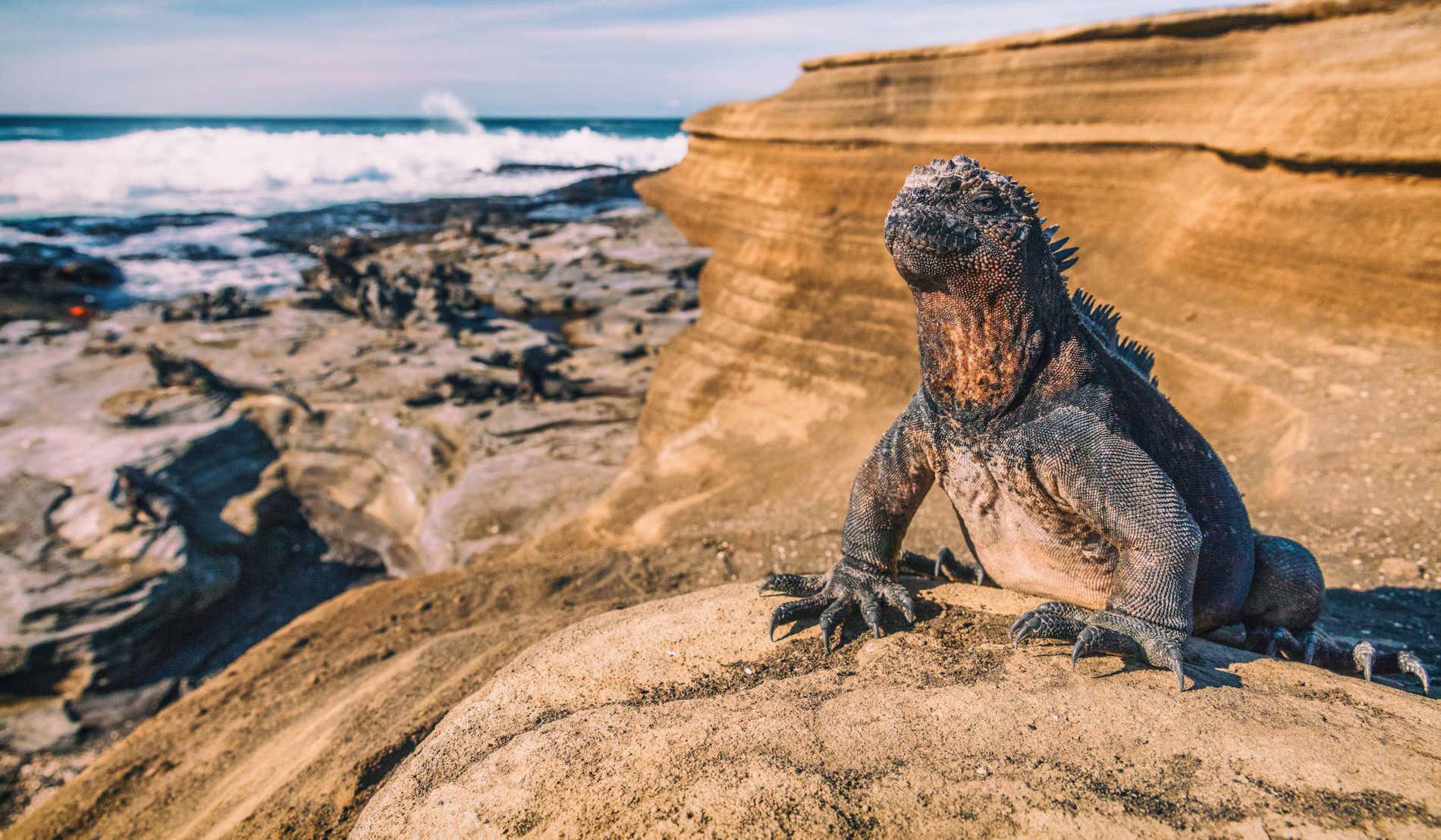
What to See in The Galápagos Islands
The Galápagos Islands have the largest number of endemic plant and animal species on the planet. This Ecuadorian archipelago is also where Charles Darwin arrived aboard the emblematic Beagle to give shape to his theory of evolution.
But, what is there to see in the Galápagos Islands? If you’re planning a trip to this special corner of the world and you don’t know where to start, Civitatis has you covered! Check out our list of all the must-see spots at this fascinating destination composed of 13 large islands, 9 medium-sized islands, and more than 100 islets.
Bay of Las Tintoreras (Isabela Island)
We’ll begin by exploring Isabela Island, by far the largest of the Galápagos Islands. It occupies 60 per cent of the territory and has six volcanoes -five of them active. The island’s name pays homage to Queen Isabella I of Castile for sponsoring Christopher Columbus’ voyage to America.
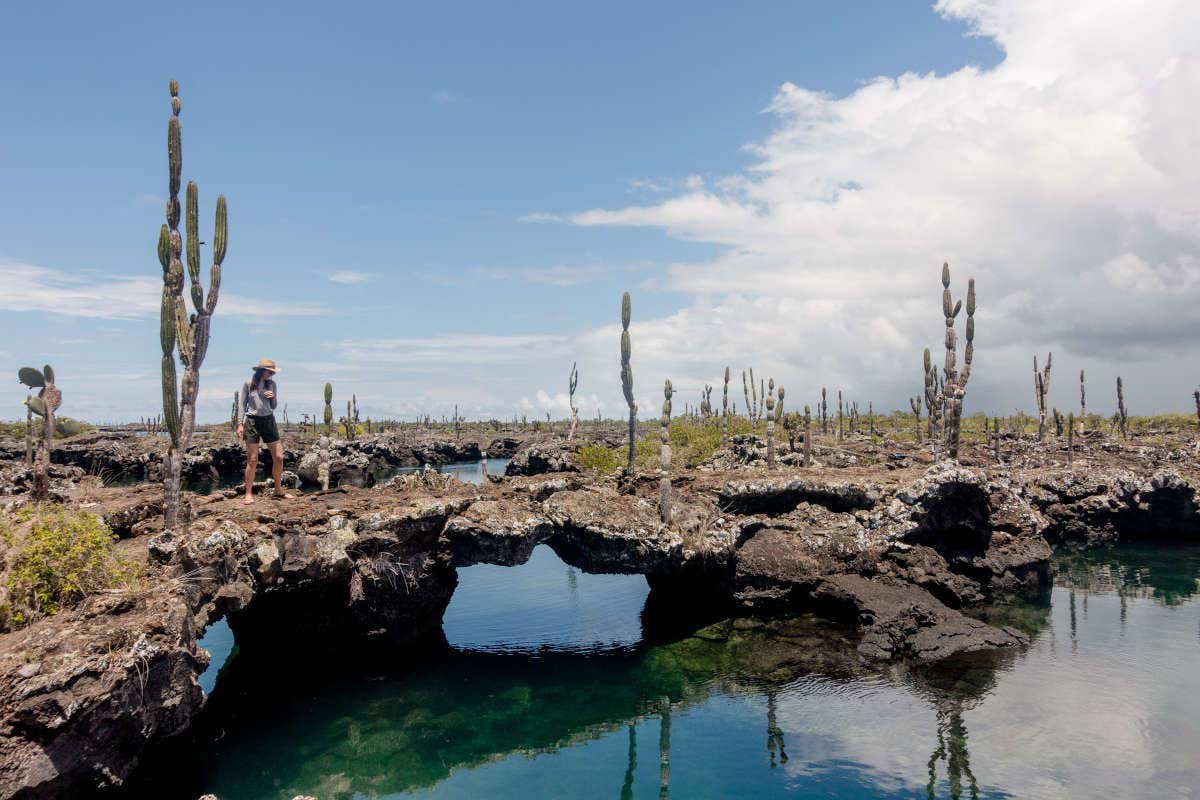

Our first recommendation on Isabela Island is to visit Las Tintoreras, a small rocky islet that remains in its natural state. Just a 10-minute boat ride from Puerto Villamil, Tintoreras Bay has a colony of sea lions, marine iguanas, and a large number of colourful fish that are well worth seeing.
Las Tintoreras is also home to a lava crevice containing water where whitetip sharks, called ‘tintoreras’, come to rest. Seeing them is certainly a must in the Galápagos Islands!
Concha Perla (Isabela Island)
Our journey on the largest island of the Galápagos continues! Aside from its size, Isabela is also one of the most pristine and least crowded of the three main islands. A visit to Concha Perla is a must! Its crystal clear waters are the perfect place to swim with sea lions. You also may see some turtles and iguanas. It truly is paradise on earth!
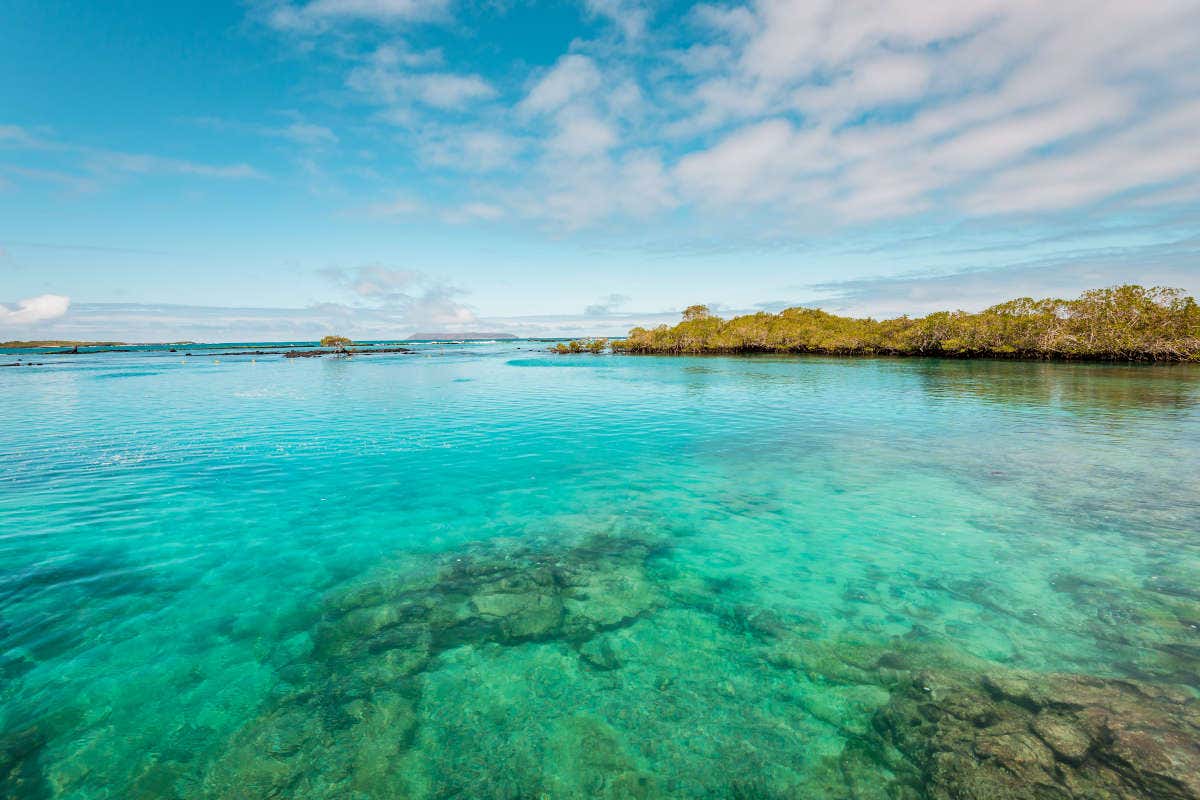

If you visit Concha Perla, you can’t miss out on snorkelling! You’ll get to see all the animals up close and explore its stunning coral bottom. If you’re already dreaming of a day in Concha Perla, we recommend booking this excursion to Concha Perla Bay.
Los Túneles (Isabela Island)
To wrap up our favourite spots on Isabela Island, we recommend Los Túneles. Many consider it one of the essential excursions if you travel to the Galápagos Islands. This area came to be as the result of lava rivers flowing into the sea, forming a series of labyrinthine tunnels and cracks both in and out of the water. It’s without a doubt one of the world’s most unique landscapes.
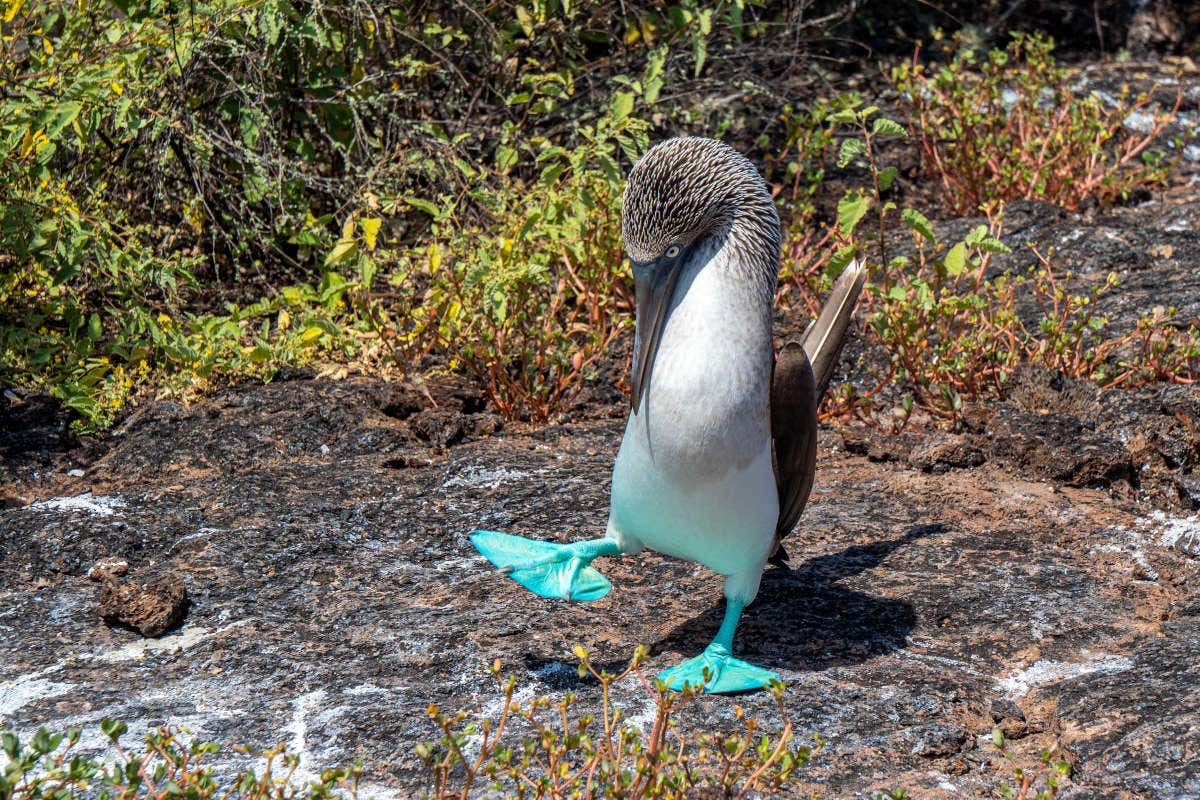

As in all corners of this Ecuadorian archipelago, Los Túneles is home to a great variety of endemic fauna including sea turtles, sea lions, albatrosses, flamingos, sea lions, blue-footed boobies, and frigate birds. There is also a great variety of birds that come to Los Túneles to feed and nest on its shores. With an excursion to Los Túneles, you’ll visit this marine sanctuary on foot and go snorkelling. It’s without a doubt the best way to explore this natural oasis!
Tortuga Bay (Santa Cruz Island)
Continuing our route through the must-see spots of the Galápagos Islands, we arrive at Santa Cruz Island. It happens to be the most central of all the islands that make up the archipelago. With all it has to offer, it’s no wonder it’s such a popular choice for multi-day stays. Dreamy beaches, research centres, galapagueras (refuges for giant tortoises), and natural spaces of exceptional beauty await. What more could you want?
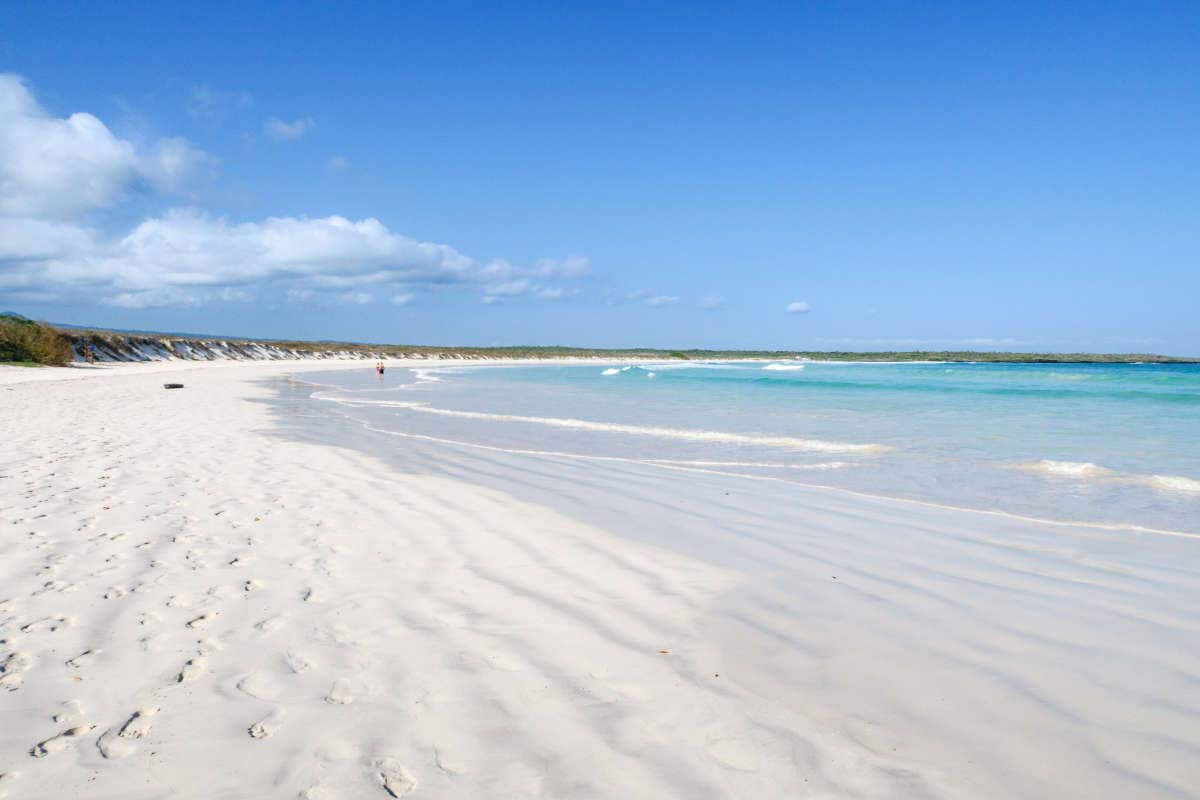

To start exploring the island, we suggest a visit to Bahía Tortuga or Turtle Bay. Before sprawling out on its spectacular white sands and bathing in its crystal-clear waters, go for a pleasant walk through the mangroves surrounding the bay. What you find will be forever etched in your memory.
Tortuga Bay features a huge cove of fine sand and turquoise waters that sharply contrast with the dark landscape of volcanic rocks. To complete the experience, you can visit La Lobería, a small island inhabited by sea lions, and explore Canal del Amor. Why not book an excursion to Tortuga Bay?
El Chato Giant Tortoise Reserve
If your love for animals is what brings you to the Galápagos Islands, you can’t leave without a visit to the El Chato Giant Tortoise Reserve. It’s one of the main animal preservation centres on Santa Cruz Island! Visiting this centre, you’ll get to see the giant tortoises in their natural habitat – an unforgettable experience!
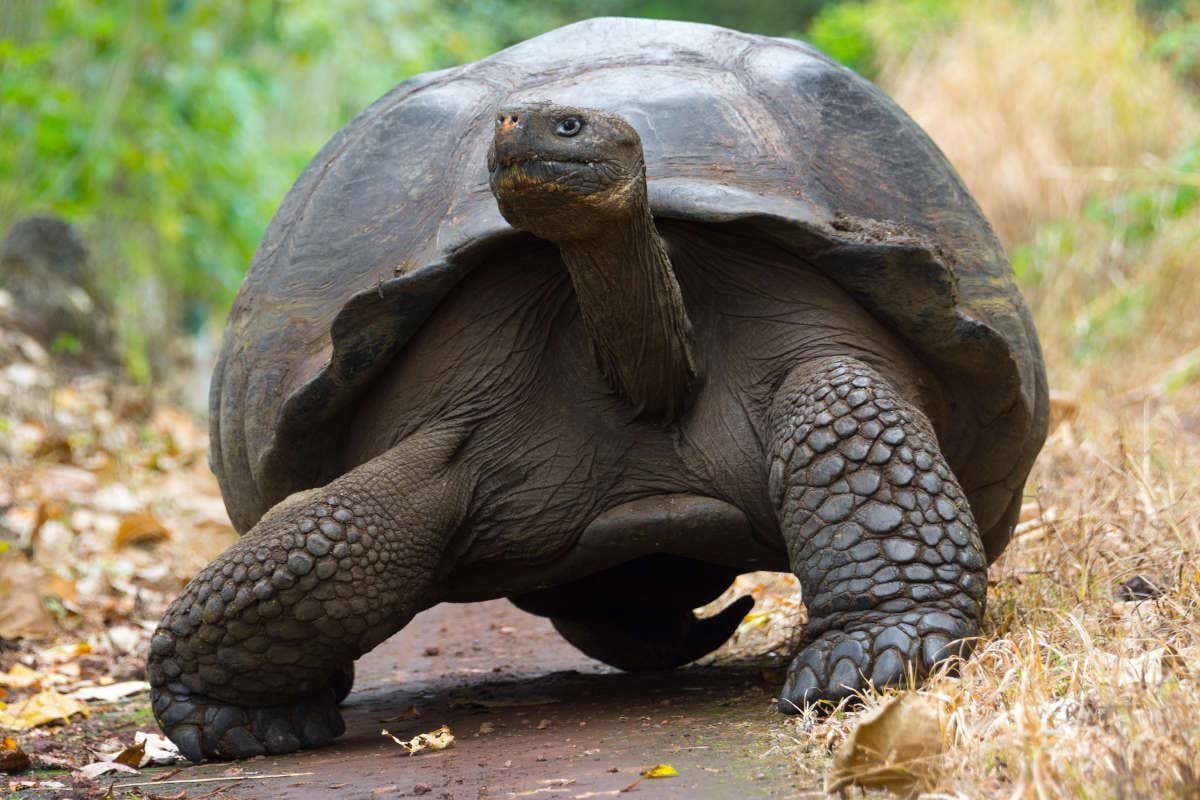

The reserve has 12 hectares (30 acres) dedicated exclusively to the care of the endemic nature of this part of Santa Cruz where, in addition to seeing these gentle giants in person, you can walk among volcanic formations like petrified lava tunnels and natural pools. You’ll become turtle experts on this excursion!
Las Grietas (Santa Cruz Island)
If you’re looking for things to do in the Galápagos Islands, don’t miss going on an excursion to Las Grietas. Without leaving Santa Cruz Island, Las Grietas is one of the most representative geological formations of the archipelago. Located in the Punta Estrada neighbourhood, this protected area can be explored through different trails of volcanic rock and earth that provide fascinating views of the natural pools and marine life that inhabit the place.
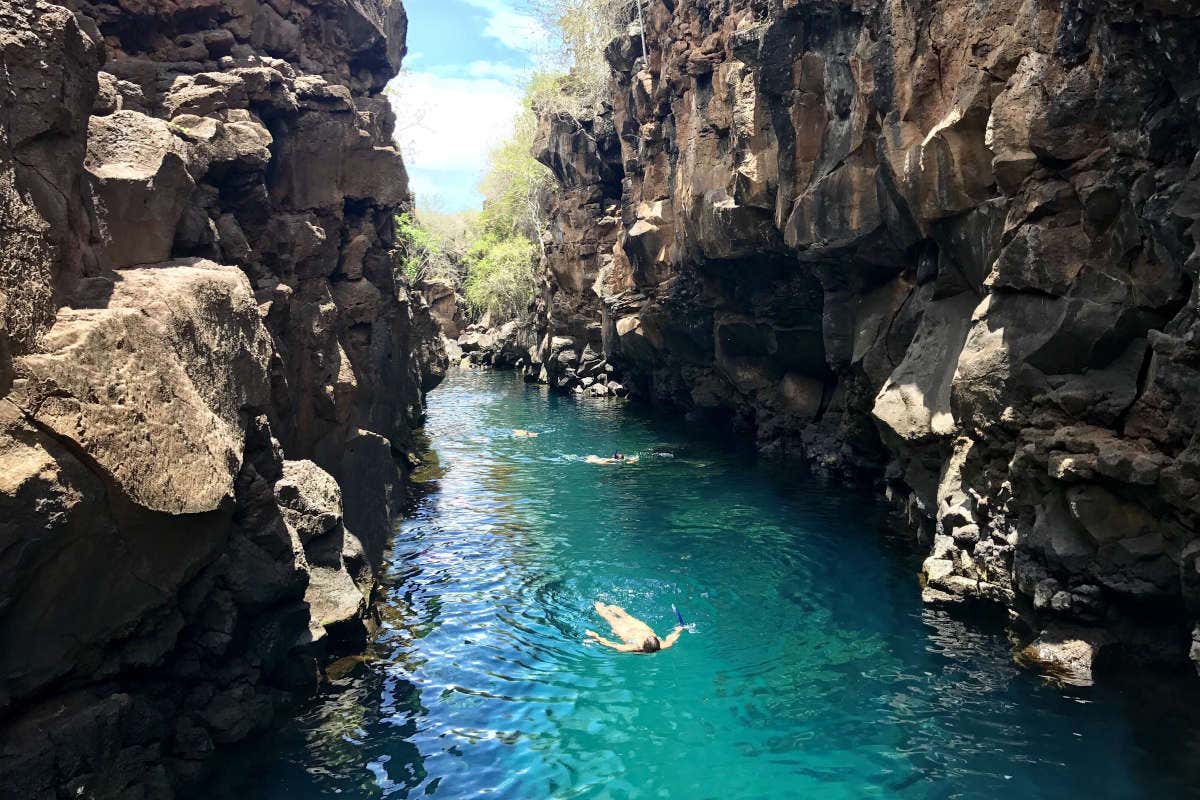

Another nearby area worth exploring is Alemanes Beach, a small haven of white sand and crystal-clear waters perfect for relaxing body and mind.
San Cristóbal Island
San Cristóbal Island is the gateway to the Galápagos Islands. Welcome to the sea lion capital of the world! These animals are everywhere on the island, which is both the easternmost of the archipelago as well as the oldest. If you’re planning a trip here, we recommend leaving at least 3 days for San Cristóbal. Why? Here are some tips!
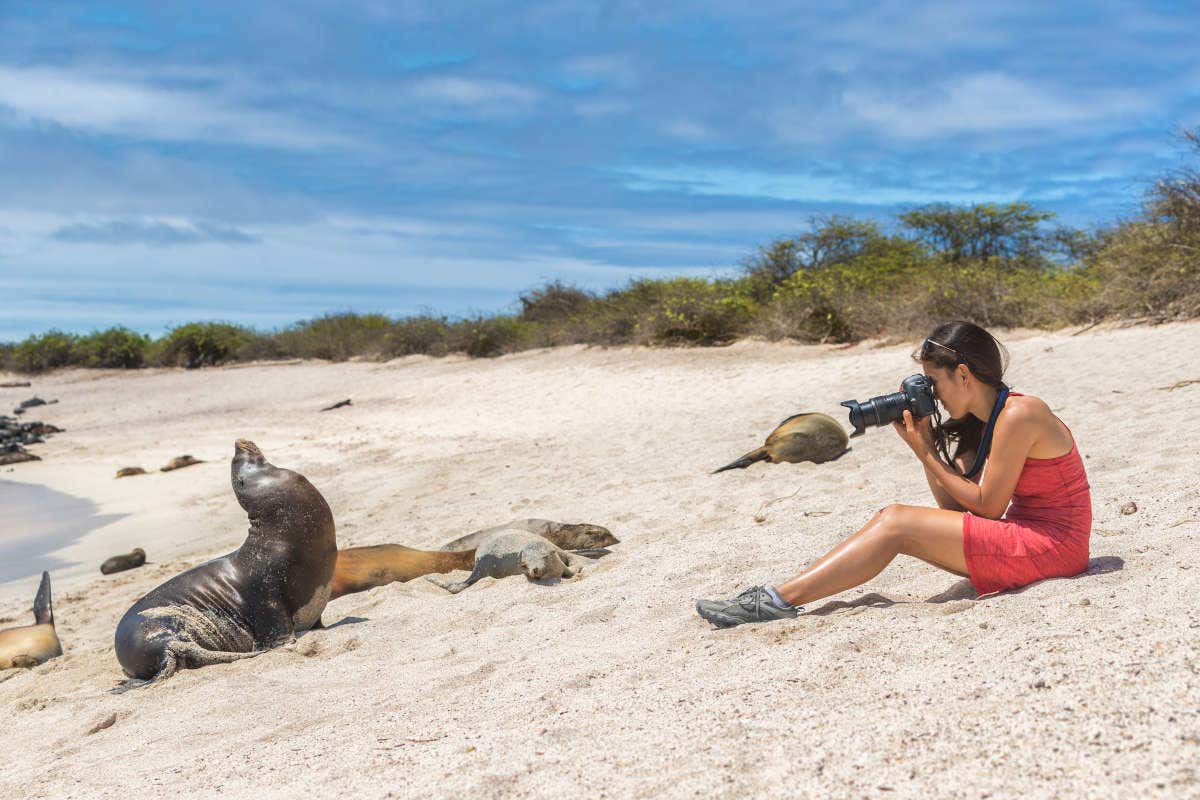

San Cristóbal Island has a large Interpretation Center where you can learn all about the history and peculiarities of the Galápagos Islands, including, of course, Charles Darwin and his work on the Theory of Evolution. Other places we recommend checking out are the different viewpoints where you can see, for example, Sleeping Lion Rock. Not to mention, its beaches are stunning: Playa Ochoa, Puerto Chino, La Lobería, Laguna el Junto… Want to see them for yourself? Join this tour around the highlands of San Cristóbal!
Bartolomé Island
Last on our list of what to see in the Galápagos Islands, we take you to one of the youngest islands of the famous archipelago. This is Bartolomé Island, a volcanic islet located off the eastern coast of Santiago Island. One of the great attractions of Bartolomé is the island itself, which is an extinct volcano with numerous volcanic formations in bold hues of red, orange, green, and black.
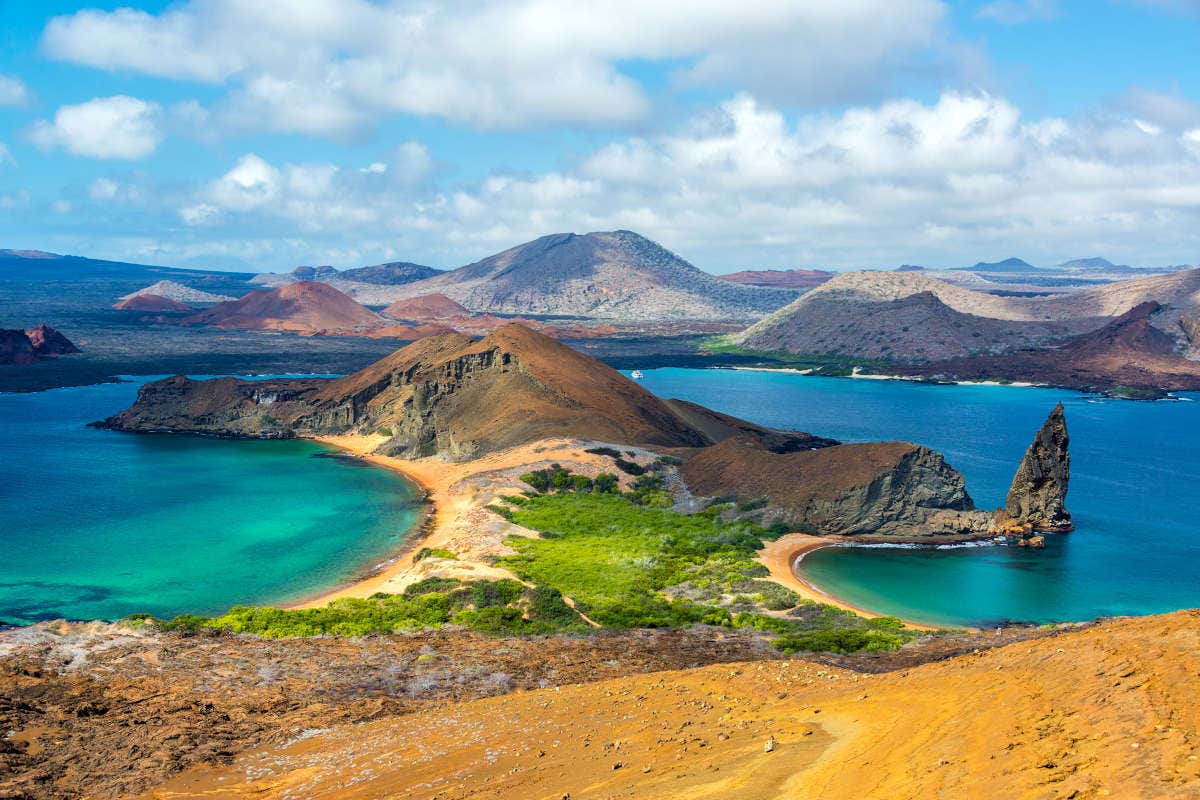

In the centre of the island is a volcano standing over 100 meters (328 feet) high which allows us to imagine the evolution of these islands. Of course, no visit to Bartolomé Island would be complete without a boat ride from Pinnacle Rock to see the Galápagos penguins, the only type of penguin that exists north of the equator. From here, you can also see the famous twin bays, one of the island’s main attractions and the finishing touch to any visit to the Galápagos Islands!
